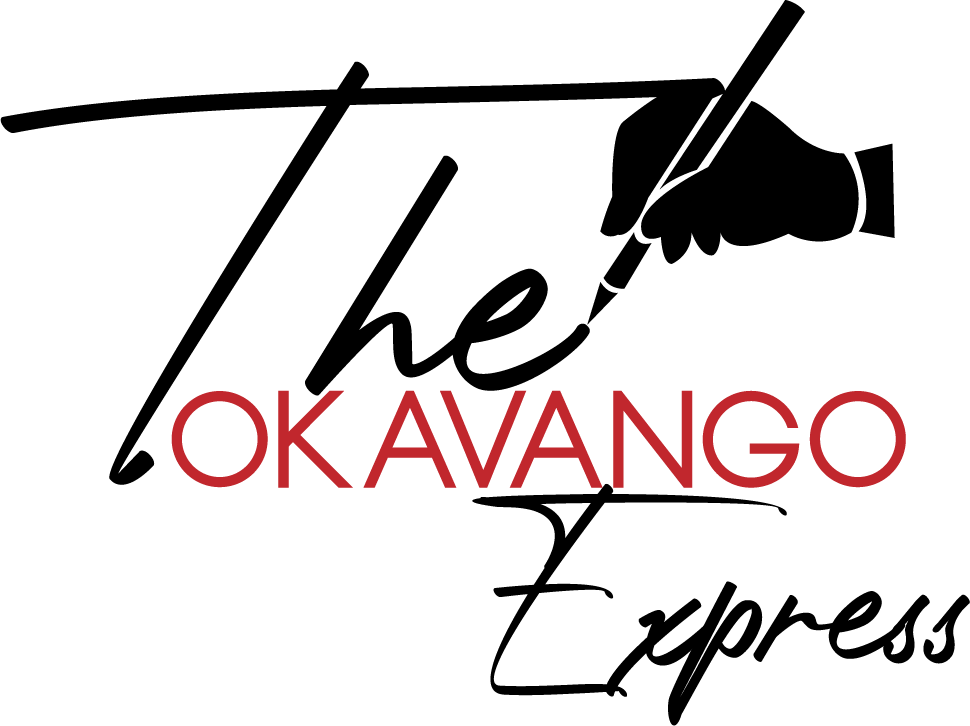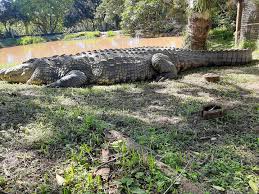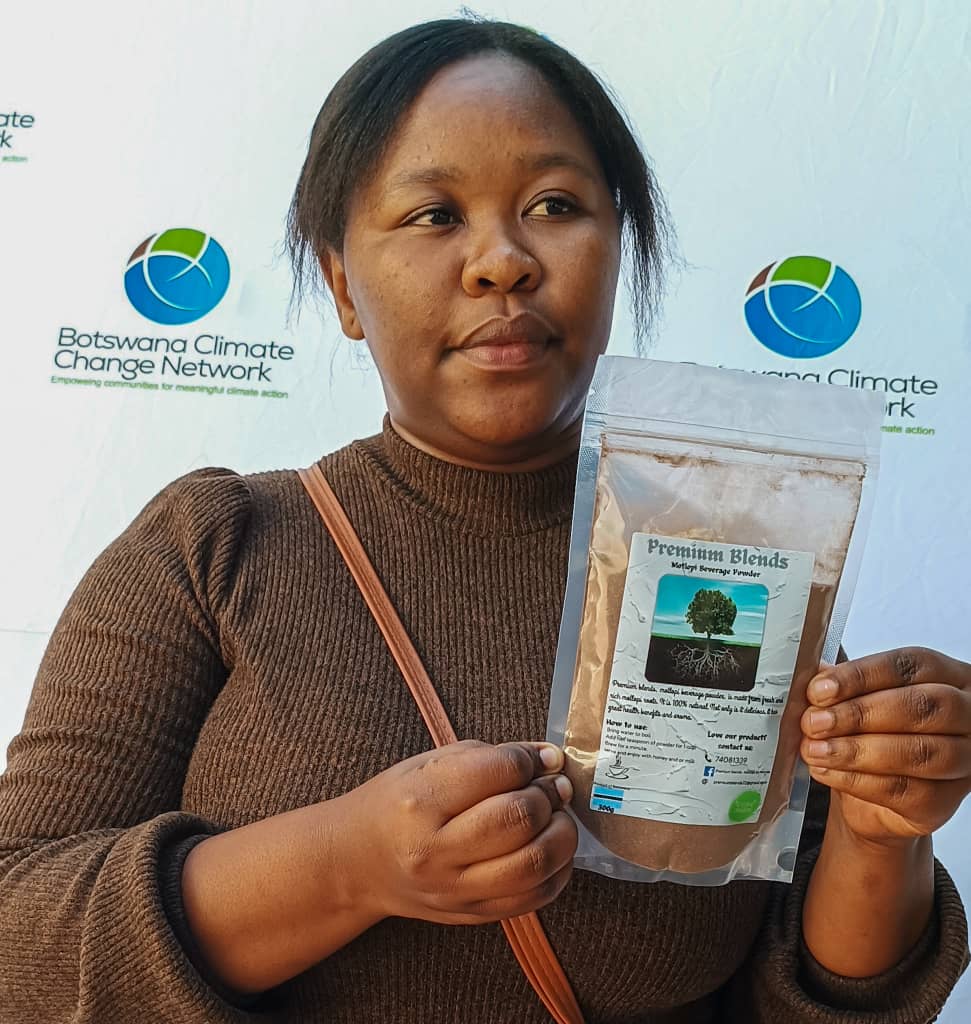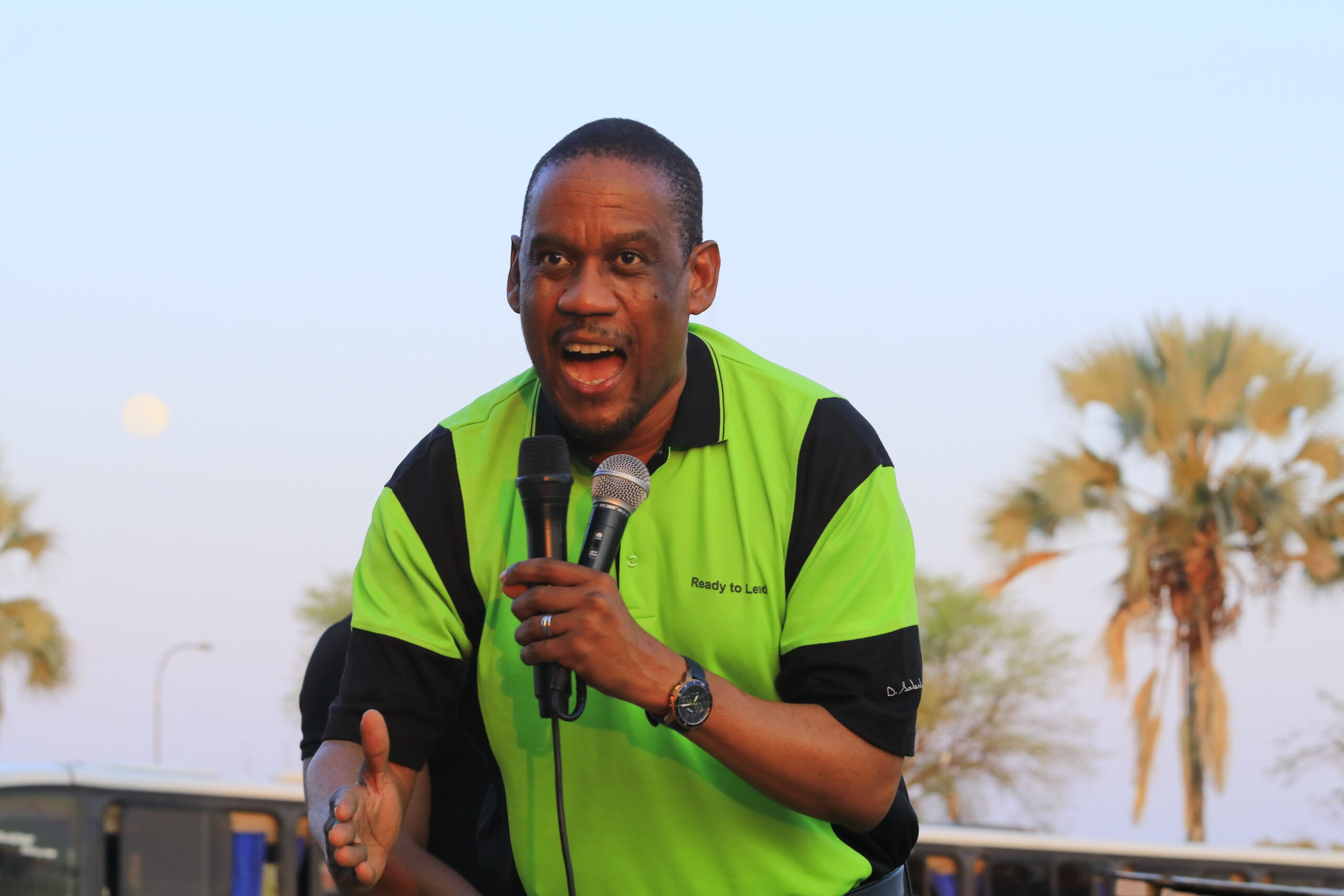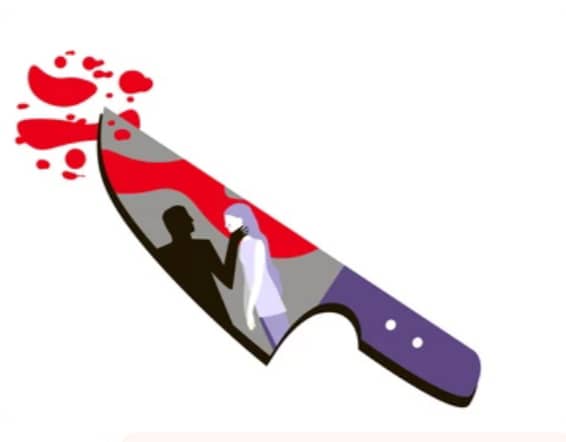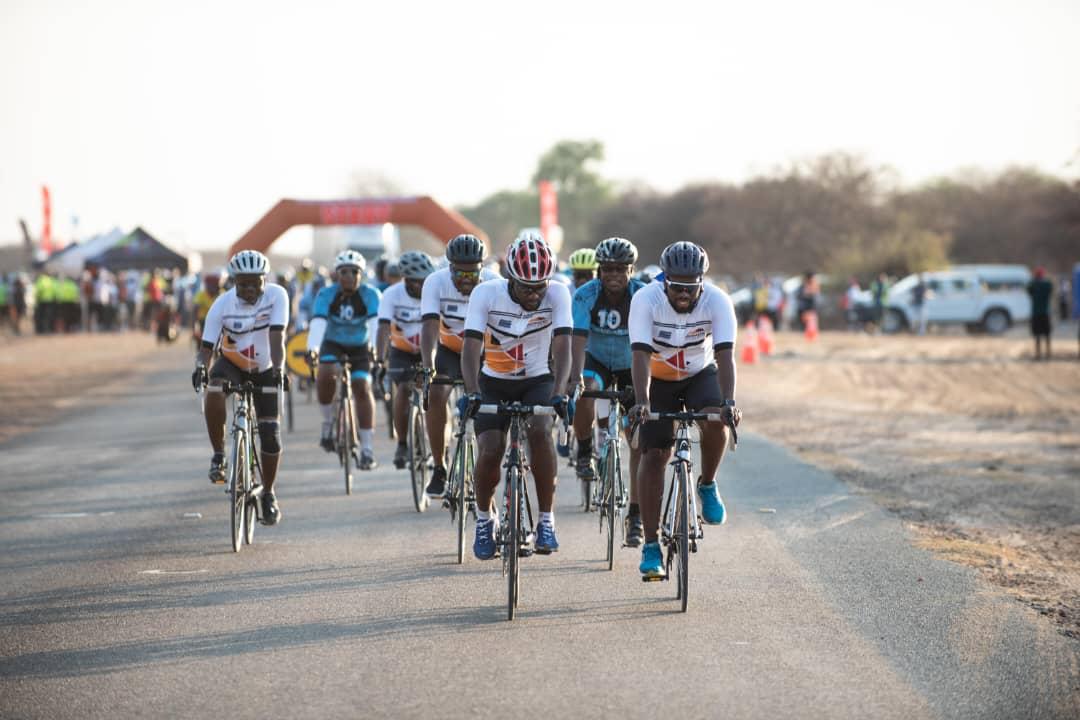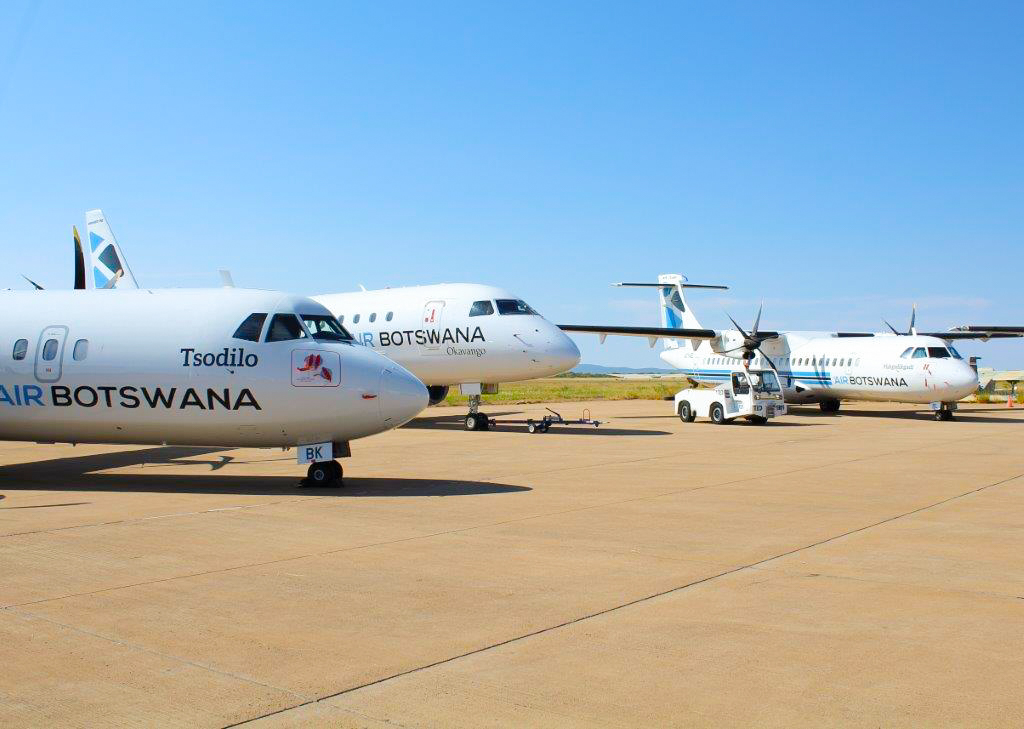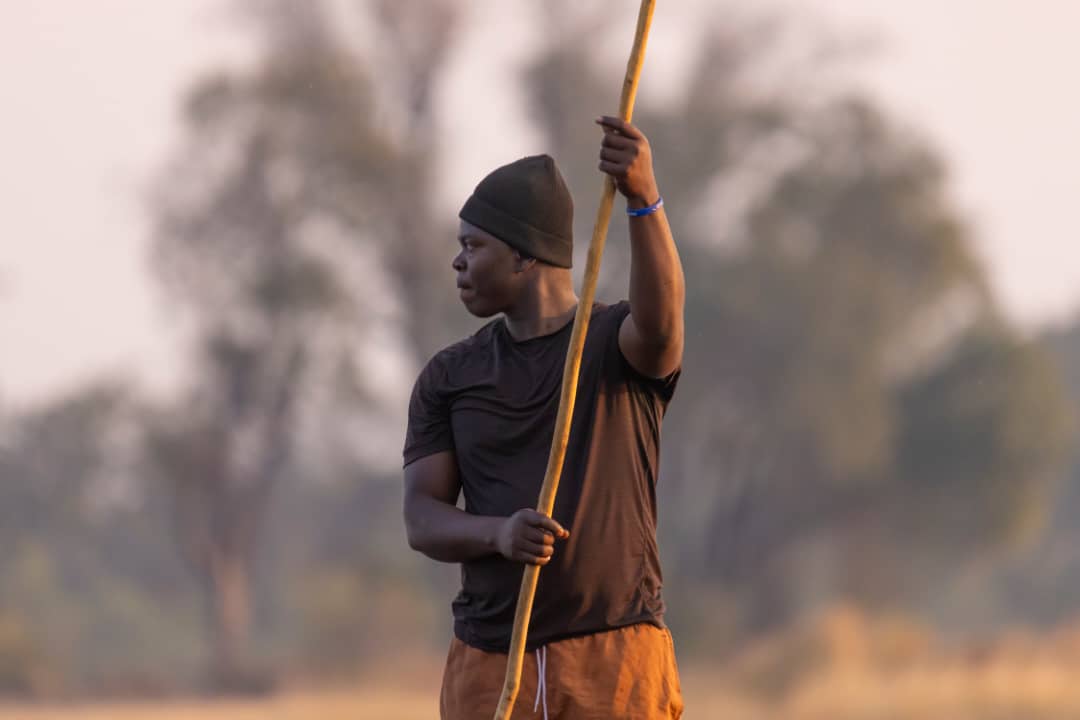
A resident of Shakawe, Code Dibebe has been observing water flowing in to the Okavango River for almost three months now.
Each time his fear is confirmed: the water is going to be low. Last year water levels in to the Okavango River was one of the lowest recorded in history and from Dibebe’s observations the levels will even be much lower this year around.
The Okavango River traverses three countries from its point of origin in Angola passing though Namibia in to Botswana where it later spread itself in to an inland wetland known as the Okavango Delta.
Taking to Facebook Dibebe expressed his frustrations with the low levels, Dibebe posted on January 8: ‘Eastern Okavango Market. Dry Spell. No Sign of Flooding.’
On January 21, Dibebe followed with another post: ‘’worst year ever. Same position as of last year, the pontoon tree isn’t yet covered with water. The flood plains are still dry. Only the main channel received some water. April and May, the channel waters will be pushing back (drying up). 2022/23 is a strange year.’’
Another post on 29 January read: ‘Snail pace. will it reach Maun? Only time will tell.
Dibebe, a resident of Shakawe told The Okavango Express: ‘’ one way our elders tell if we are going to have low floods is when Jackalberry trees along Okavango River produce lots of fruits. This year they are producing lots of fruits so the talk is it will be a low flood.’’
The nuts of the Jackalberry trees or Mokhutshumo in Setswana are a delicacy in the Okavango region. The trees were in the olden days used by residents to curve the traditional canoes (Mokoro) used to traverse the delta. The practice has since stopped on conservation reasons after discovery the practice was threatening the existence of these indigenous trees in the Okavango. Now all Mekoro used by community and tourism sector are all made from fiberglass.
Increasingly, many people living along the Okavango River whose lives, wildlife and other biodiversity are dependent on the river are worried about annual fluctuations in the flood patterns. Last year levels were one of the lowest and this year it looks like it is going to be the same problem.
Although reasons for these fluctuations are blamed on seasonal flood patterns some conservationists are growing concerned that developments in the upstream of the Okavango River in Angola and Namibia could be contributing to the low waters downstream in Botswana.
An academic article ‘A River in Trouble’ published in Conservation Namibia authored by John Mendelsohn of Ongava Research Centre, Mike Murray-Hudson of Okavango Research Institute, University of Botswana, and Gail C. Thomson detailed some of these worrying developments in the Okavango Delta catchment.
Using satellite images, the authors recorded an expansion of irrigated projects from 1,100 hectares in 2003 to 6,420 hectares in 2020. The total area under irrigation in these five schemes increased from about 300 hectares in 2011 to about 3,100 hectares in 2021, thus becoming 10 times larger in just 10 years.
They further asserted that among the developments in Angola are plans to establish and irrigate an eye-watering 221,000 hectares of farmland in future. ‘’Water offtakes for irrigation would entirely drain the Cubango during the dry months of the year. A large dam may be built at Mucundi to store summer rainwater, which might then be released to allow some water into the Cubango/Okavango River during the dry season.’’
It stated: ‘’Several other dams have been planned in Angola, mainly to generate hydroelectricity. Other plans include pumping Cubango/Okavango water into the Cuvelai Basin by both Angola and Namibia, which often also considers piping water to Windhoek and other parts of central Namibia.’’
According to article, rural people throughout the Cubango/Okavango River Basin are rapidly moving towards urban centres in search of cash incomes and better living standards. This movement is revealed by the estimated annual growth rates for the towns of Calai (11%), Cuvango (12%), Menongue (7%) and Rundu (4%) during the last 10-20 years. This is good, for two reasons: their livelihoods improve and pressures on natural resources in rural areas will decline, at least in certain areas. However, as people concentrate in towns along the rivers, bulk water offtakes for urban centres will increase rapidly.
The authors stated that information on the distribution of existing development projects and the expansion of irrigated agriculture is clear. Lots of water is being taken from the Cubango/Okavango, and the amounts will increase. Of that we can be sure, and the alarm bells should already be ringing. But there is more to worry about, reads the article
The article continues, First, no one knows how much water is cumulatively being taken by all the irrigation schemes, towns and other offtakes, such as for schools, lodges, small horticultural enterprises and hospitals. More critically, what proportion of all the river water is removed? What impact does this have on downstream life: plants, animals, and people?
Second, what pesticides and fertilisers are washed out of the big agricultural projects into the rivers, and how do the chemicals affect life downstream? No data of any substance is available to answer those questions.
Third, what pollution is produced by towns, from effluent, industrial waste and the accumulation of garbage that clogs so many tributary valleys? What chemicals predominate and how do these and other pollutants affect people, animals and plants downstream? Again, little or no information appears to be available.
Fourth, what effect will large dams have on the pulses of Cubango/Okavango water that maintain the production of biodiversity in the Delta? they conclude.
